July 8, 2022 was the first day Liam did the news for RTE. Video at the end of the article. Before that, my wife makes a guest post. But first…
Yesterday I spent lunch at a Bitcoin meetup that I make it out to perhaps once a month or so. While there, a poker player baited me into taking the day off—something several friends have been encouraging for a while now. So, I went and played Omaha at one of the new-ish card rooms that have grown up around Dallas. It was the first time I'd played in more than two years and I very much enjoyed myself. I've only ever played around a thousand hands of Omaha, but find myself with an enormous advantage in that game. I'm fairly certain that I'm the only one able to computations in real time at the table. But in a card room with five Omaha tables going, the advantage is even better because there are few good players at any one table. Most casinos have zero, one, or two Omaha tables. Heck, most states have that many, so having five tables open within a few feet of each other dilutes the talent in a way I've never seen. It's almost unfair, but I'm not going to complain about it.
An Interesting Hand
I played one hand that I'll share. I know there are some professional players watching, so perhaps they'll comment, which would be great because I am unsure how to view this interesting hand. I had two suited connectors that overlapped for a pair (spades and hearts) as my starting hand, then flopped a straight.
This was the one time all day I flopped a five-card hand. After a pre-flop raise, there were 6 players and $185 in the pot. The table checked around to me with one player behind. I potted. Fold, fold, fold, call, fold. I'm in position with $555 in the pot. The turn got interesting:
Check. I pot again. The other player was the only player at the table I had reason to respect, and he outstacked me by a small amount. After my $555 bet, I had $800 behind. After a time thinking, my opponent called, so there was $1665 in the pot. The river was another club, and for the first time I did not hold the nuts:
My opponent goes all-in, and I'll have to call $800 for a chance at winning $3255, or thereabouts.
I took a full minute to make my decision, and mucked my hand. I often make these kinds of, "I only have to have the best hand 25% of the time to show profit," calls. But my opponent was not a dummy, and neither he nor I had seen each other play a card out of line in over two hours of play while we soaked up most of the chips at the table (the stacks were not large for that game because we opened the table). I felt that his decision to call after taking time to think the turn through meant that either he was considering his chances and profit level of winning with the flush, or thinking through his chances of bluffing with the flush. More likely the former. I wondered if he held the 8/9 of clubs, but he should have bet the flop with that hand. My guess was that he had a set and the club draw, a pair, straight potential, and the club draw, or something along those lines.
Bluffing is less common in Omaha than in Hold em, but happens. Was my fold correct?
Next, my wife will be guest authoring to share her experiments in gardening. She is a biochemist, and there is an advantage in learning a few things, but otherwise a novice gardener who previously doubted her ability to grow things larger than bacteria.
Welcome to Our Pandemic Garden
It seems only fitting that my foray into home food production would result in a wasteland of skeletal husks of plant matter. Not just fitting, but preordained, if I believed in predestination. I once tended Arabidopsis thaliana in an ecology lab, and periodically loosed upon them a pestilence of caterpillars. (At least until my pests were reduced to unceremonious sacks of liquified insides due to a viral infection). So, yes, you could say the barren bags of earth and seeds were payback: I had it coming, after all.
Of course, seeds don’t seek vengeance, and the truth is that my failed garden failed because of me. Seeds, dirt, water, sunlight. It seemed so simple. I ordered 5 gallon grow bags from Amazon, garden soil from Walmart, and picked up seed packets at the local Home Depot. I’d start simple, I thought: peppers, green beans and a few culinary herbs. What could go wrong? I watered my little seeds religiously each morning. They sprouted. They grew! I was in awe of my amazing-ness. I did that! And then my seedlings just sort of—stopped. They hung out in this awkward adolescent stage: all spindly arms and legs. One of my green beans did eventually pump out three stunted pea pods, but it seemed a survival instinct and a last-ditch effort to propagate itself under dire conditions.
It died soon after.
Fortunately, life sometimes offers us redemption, if only in part. And I’m pleased to report that pandemic garden part II, is going much better. Why, you ask?
Soil. The product I’d purchased called “Garden Soil” is not great for container gardens or even raised beds. It’s meant to be mixed in with existing dirt, and does not have great loft or moisture management properties, which is apparently really important for container or raised bed gardens. This go around, I bought bags of Calloway’s Container Soil. I’m sure you could go cheaper and still get good results if you know what you are doing (apparently lots of people buy vermiculite, peat, coir, fertilizer and make their own), but I did not know what I was doing and so Calloway’s seemed like a fair compromise.
Planting schedule. I had brazenly thought that, being in Texas, planting season mattered less here due to the cold season being so short. Alas, heat kills plant just as readily as cold. In other words, don’t plant lettuce in June. Fortunately, every state with an Agriculture college puts out these lovely planting guides, that tell you what to plant, when and which varieties.
Transplants. Someday, I aspire to start my own seeds, grow little plantlings and then transplant them into my garden, but for now I’m buying juvenile plants and then transplanting them. The plants seem much more likely to survive and fruit this way, at least in my very non-green thumb having hands.
Fertilizer. I’d sort of forgotten about this in my first go at gardening. I got some fertilizer stick things, used them once and figured that was good enough. Not true. At all. Fertilize a little at the beginning, more when the plants start to flower and then every few weeks when they start to fruit. Tomatoes need fertilizer every two-ish weeks. Peppers seem to need fertilizer all the time. I used Jobe’s Vegetable & Tomato Fertilizer mostly because Amazon delivered it and a random gardening website recommended it. The fertilizer application instructions are on the package, and a little math was sufficient to determine how much was needed per container. Jobe’s worked out well, even if it does smell like, well, fertilizer.
Sex. Plants fruit only after plant sex. Apparently, this realization so scandalized our ancestors, that there was quite a stir over the lewdness of flowers. Anyway, some plants, like Tomatoes and Peppers, have flowers with both male and female bits. Generally, wind shaking the plant seems to be enough to pollinate and produce fruit, but some suggest gently flicking the flowers to help things along. Other plants, like squashes, make male and female flowers and utilize pollinators to spread the pollen around and fertilize the female flowers. I learned this after my yellow squash, while flowering beautifully, never fruited. Turns out, you often need to hand pollinate squash, which basically involves covering your finger (or paintbrush) in pollen from a male flower and then sticking your pollen covered finger (or brush) in all the female flowers.
Co-planting. If you don’t feel like hand pollinating your non-self-fertilizing plants, the alternative is to attract pollinators to your garden. And that means flowers. I went with lavender and a dill that I allowed to flower. It’s lovely to wake up to the smell of lavender when I water in the morning, even if one does, on occasion, have to deal with the lavender loving wasp who follows you indoors. Not even the cats wanted to play with him.
7. Sacrificial Brussel sprout. My plants, by and large, escaped predation. This is likely due partly to the fact that I grew in containers, and partly that those containers were on a balcony. However, my single Brussel sprout plant was a total loss to caterpillars. Interestingly, the caterpillars never migrated to any of the other nearby plants, and so I kept watering the Brussel sprout, and hand picking off each new batch of caterpillars to prolong its’ sad, stumpy life. As long as that Brussel sprout was around, none of my other plants were eaten at all. So now I’m left wondering, is the sacrificial super tasty plant strategy employed by other gardeners? If so, Brussel sprout hating children the world over can rejoice!
8. Caveats. I’m planning a fall garden, which is a doable thing if you live in Texas. This one will be in an on ground 8x4 raised bed made from three cedar fencing pickets. Some of my plants seemed a little under-rooted with the containers, so I’m hoping the raised garden bed will remedy this and allow for more vigorous growth, although I am concerned about the increased risk of predation.
While I don’t think my little garden could pass an economic cost benefit test, my tomatoes taste better than anything I’ve gotten from the supermarket. And I do love tomatoes.
Next up: Microgreens! No green thumb needed.
Liam Does the News
Liam is a great speaker who knows his topics, and he is a worker who will improve and I think become an excellent voice in media.




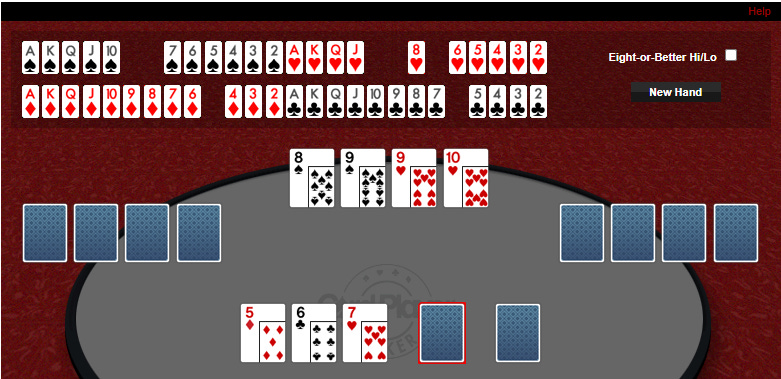
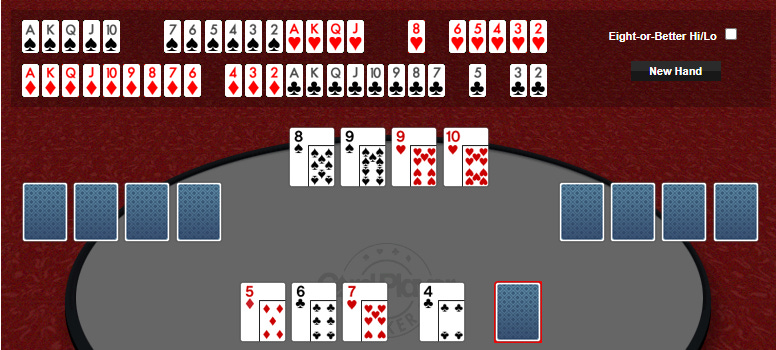

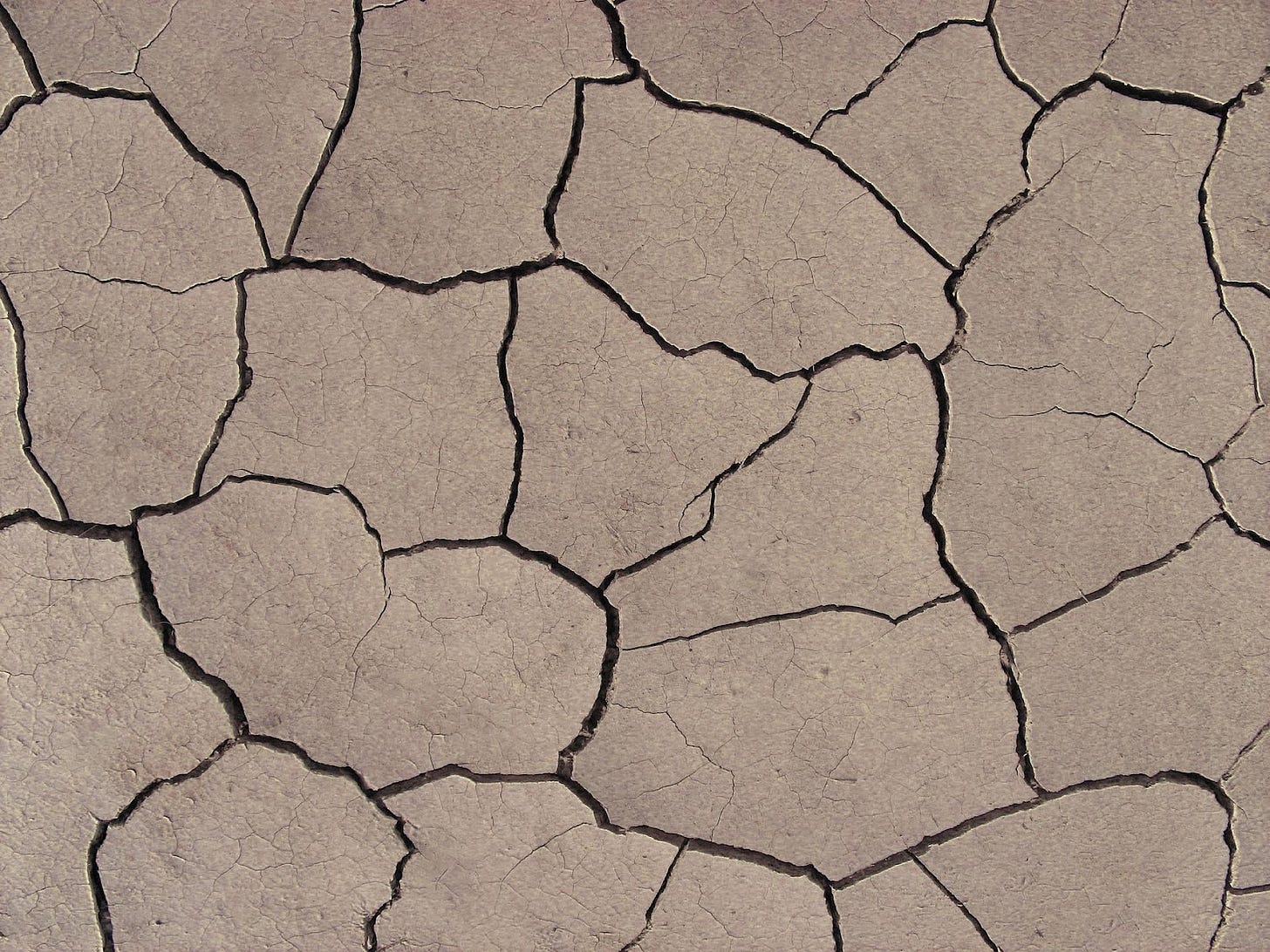
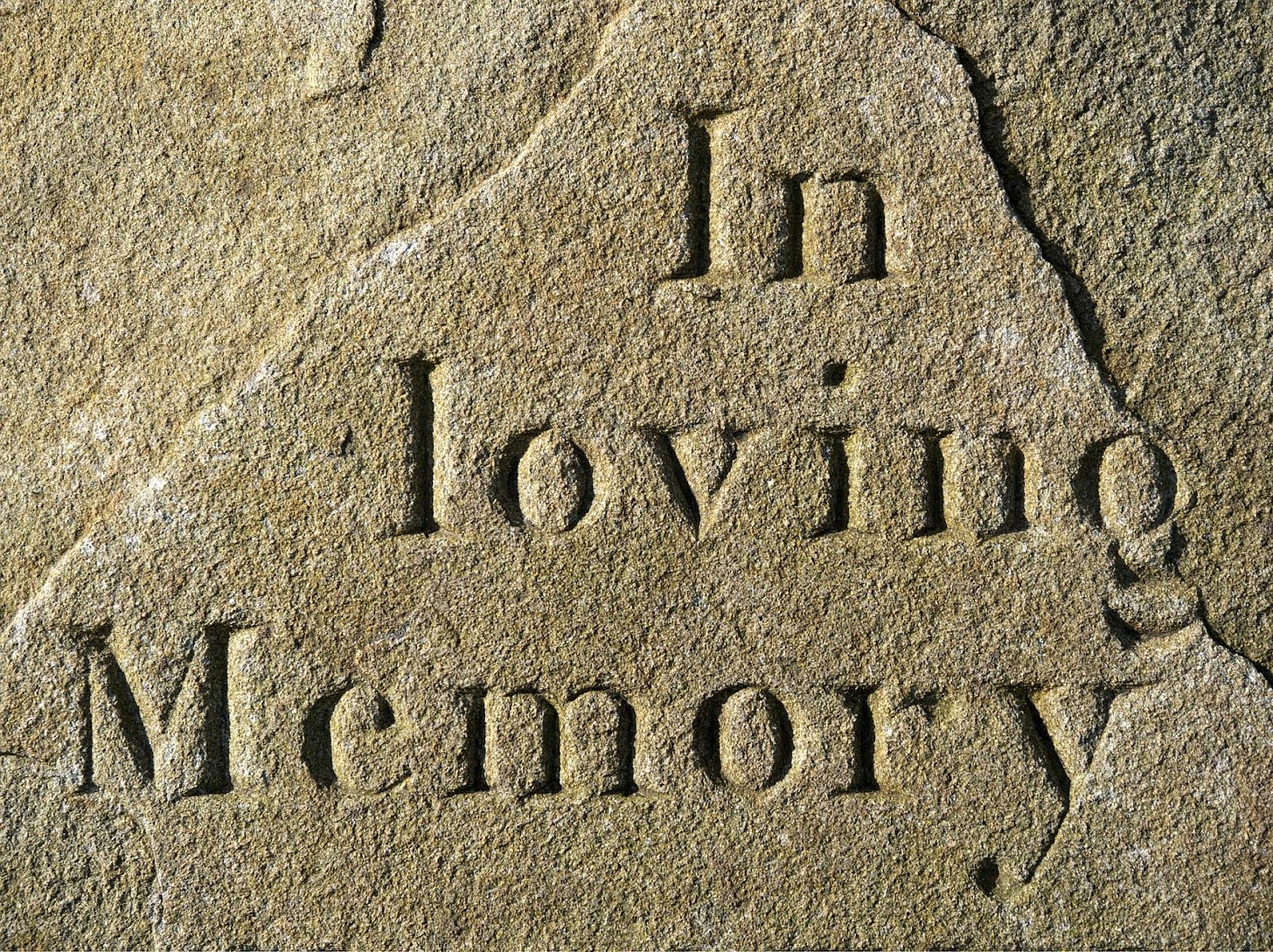
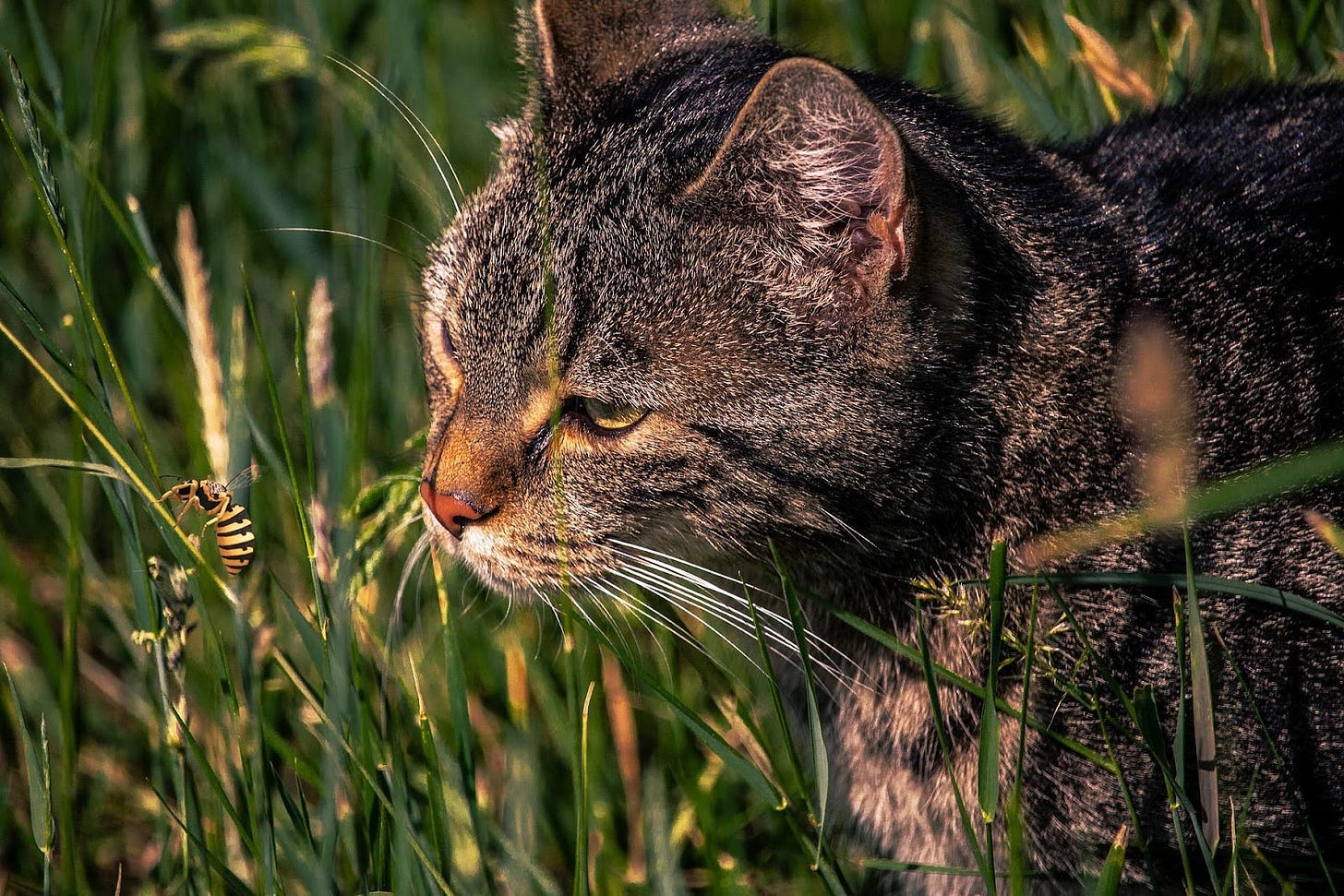
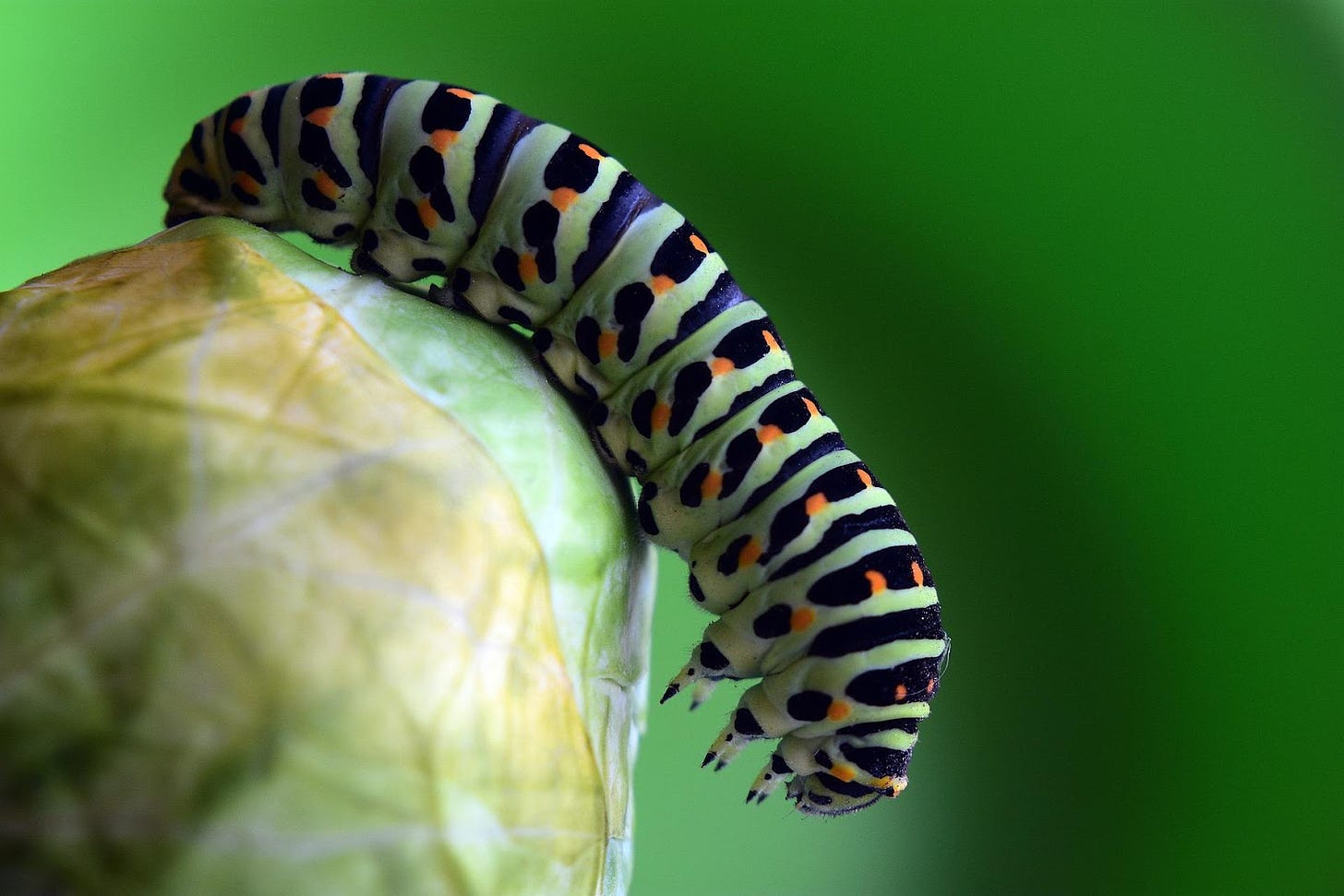
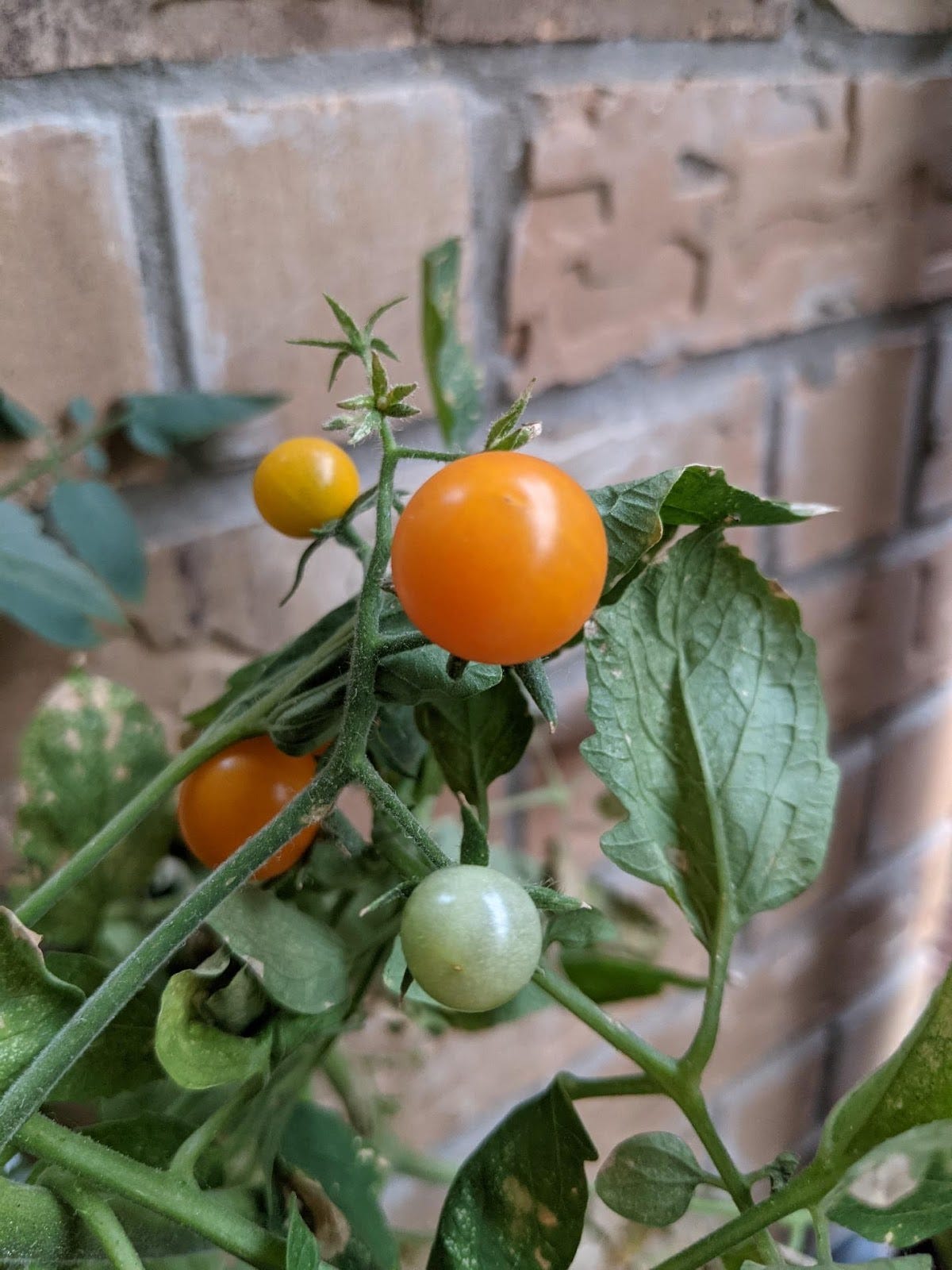
Liam is to smart, informed and talented to be so young & still not convinced he's not decades older!
To your wife.. big box seeds, soil and fertilizers too often have toxic ingredients.. your soil feeds your food and better to have your own compost to enrich your soil. For seeds you should go with heirloom varieties that are better suited to your growing conditions and investigate easy pest control methods like sprinkling black pepper around the plants. Seed Savers Exchange is the oldest and one I used for ages.. their free catalog is amazing.. forget the big box stores & chemically treated seeds & soil!
https://www.seedsavers.org/catalog
I can completely relate to the first garden! My first compost bin, which I cavalierly thought would manage itself, was a sludge like atomic waste slurry. Then, like an idiot, I bought tons of beefsteak seedlings as they looked so small. That ended up well, though, as I took the thousands of tomatoes to the Catholic restaurant for the homeless in Berkeley CA. I haven't given it a shot since, but want to, so this will be inspiring. My niece in California sells microgreens to fancy LA restaurants, and she had a sacrificial eggplant, which seems sadder than a brussel sprout! Sprouts may be in the cruciferous good for the microbiome, good for preventing dementia category, but one can only tolerate so much healthy behavior. They look like little decapitated heads to me and always have lol. https://www.youtube.com/watch?v=txfdGlxEsG8